SIGMA expertise
and leading-edge manufacturing
technologies deliver breathtaking optical performance.
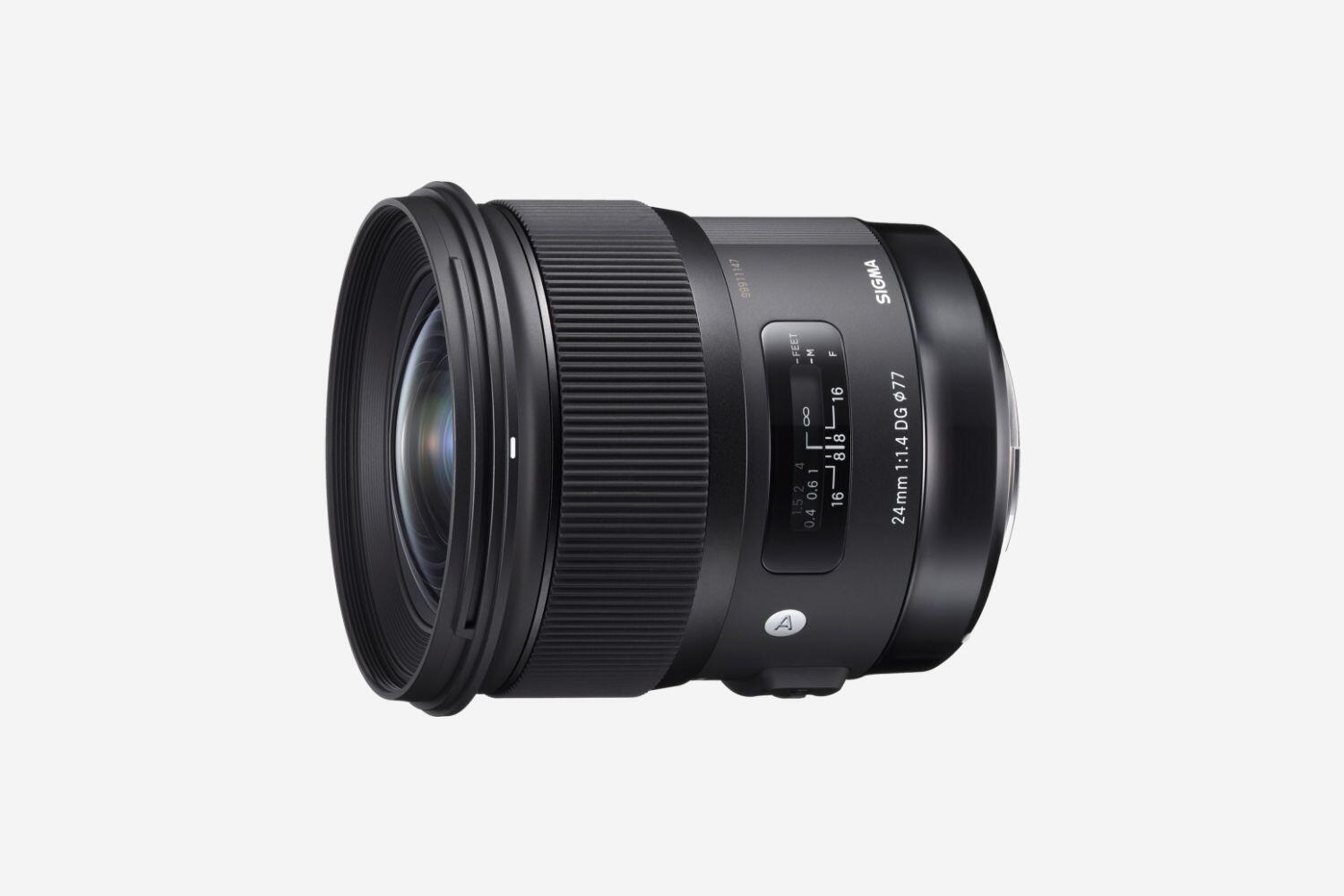
Minimizing the optical aberrations
that tend to affect large-diameter lenses
makes possible a new horizon of image quality.
This lens features minimized aberration achieved through the latest design technology and know-how that has been accumulated by SIGMA in its lens development over many years and offers astonishing rendering performance, even at the edges, with ultra-high resolution. Whilst featuring higher resolution around the focus point, the lens offers a smooth and natural bokeh effect. Both high definition rendering without chromatic aberration and natural bokeh expression are possible, even at maximum aperture.
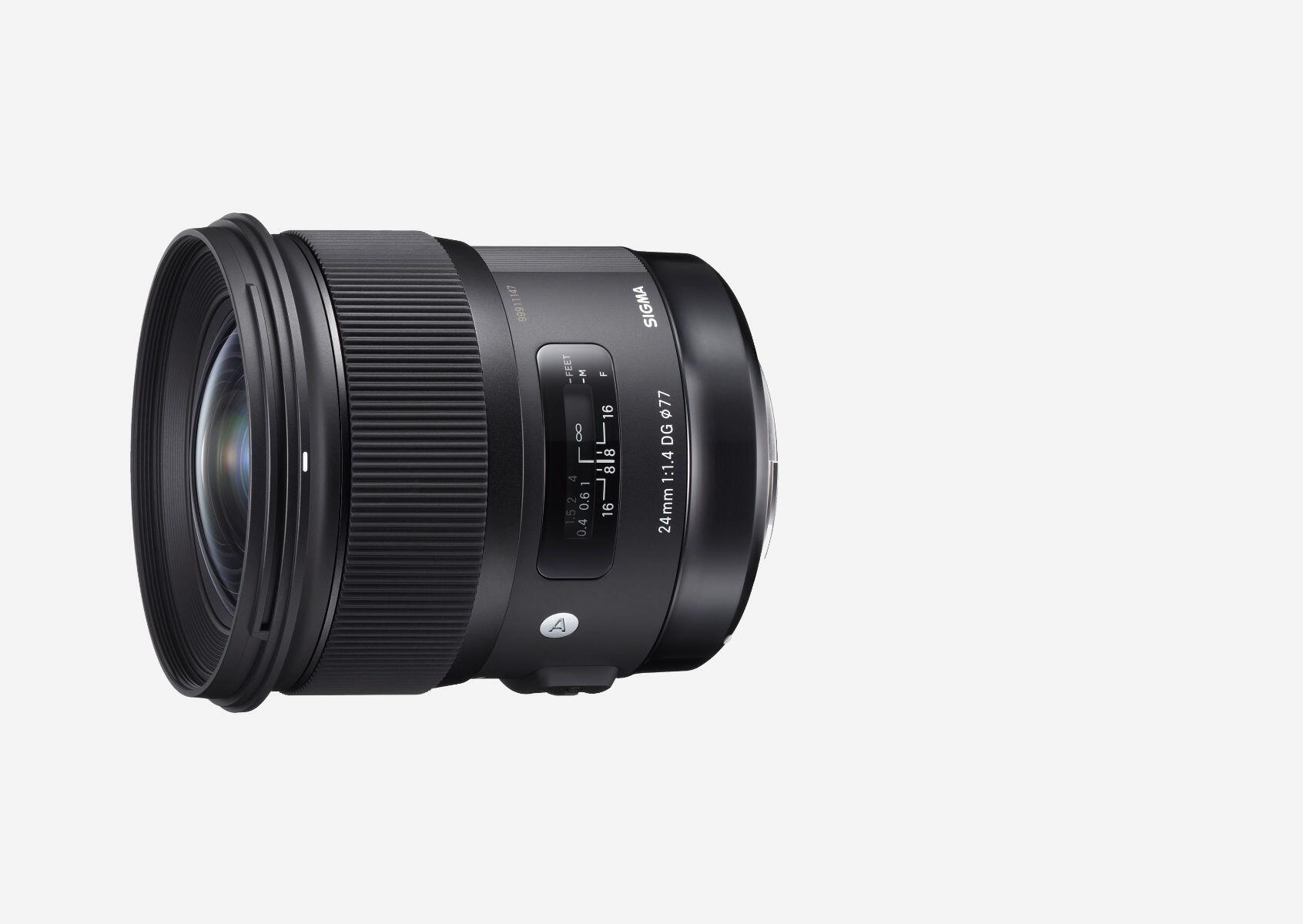
Leveraging our optical expertise, we have minimized sagittal coma flare for optimal capture of starry nightscapes.

Sagittal coma flare is the aberration in which a point light source appears as a streak instead of a point, and it affects large-diameter lenses in particular. By positioning aspherical lens elements toward the rear of the 24mm F1.4 DG HSM | Art, we have adjusted the angle of incidence of light for optimal power distribution. Even at wide-open aperture, you will enjoy outstanding image quality. Since streaking of point light sources toward the edges of the image is minimized, this lens is a powerful ally in photographing celestial bodies, nighttime illumination, and more.
Minimized chromatic aberrations—thanks to FLD and SLD glass lenses.
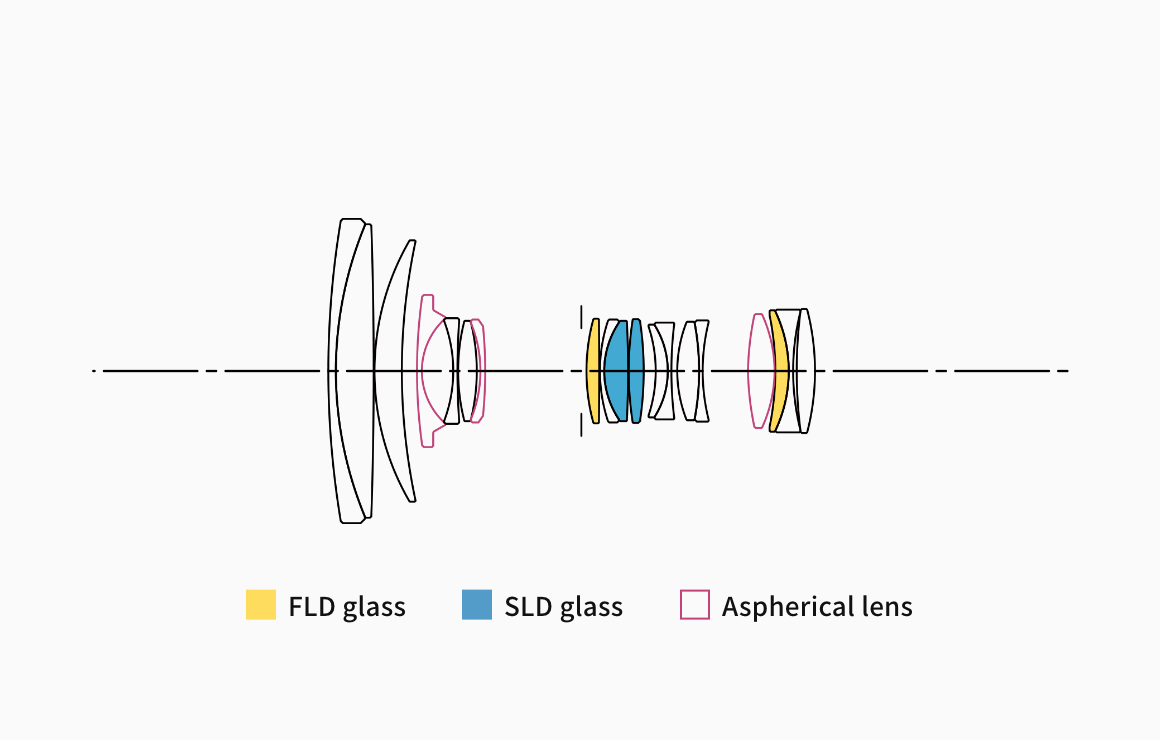
One of the requirements of high rendering performance is the correction of chromatic aberration. Particularly, for axial chromatic aberration, which is challenging to correct even during image processing, the lens development stage is vital in ensuring minimized distortion. The 24mm F1.4 DG HSM | Art incorporates
FLD (“F” Low Dispersion) glass and SLD (Special Low Dispersion) glass elements to minimize chromatic aberration of magnification, which is mainly visible around the edge of the image. Moreover, the power distribution ensures the correction of axial chromatic aberration. The result is high image quality throughout the entire focusing range—sharp and high-contrast image rendering without color blur.
High-contrast images with bright edges—even at wide-open aperture.
Improving efficiency at large apertures and minimizing vignetting, we have designed the lens to secure very good brightness. Even at open aperture, it ensures high-contrast images for indoor photography, astronomical photography, and when photographing blue sky.
Flare and ghosting reduction

From an early stage in the lens design process, flare and ghosting have been measured to establish an optical design resistant to strong incident light sources such as backlighting. SIGMA’s Super Multi-Layer Coating reduces flare and ghosting to help photographers produce sharp and high contrast images even in backlit conditions. The included lens hood can be attached to block out extraneous light, which can have a negative effect on rendering performance.
Exclusive low-dispersion glass
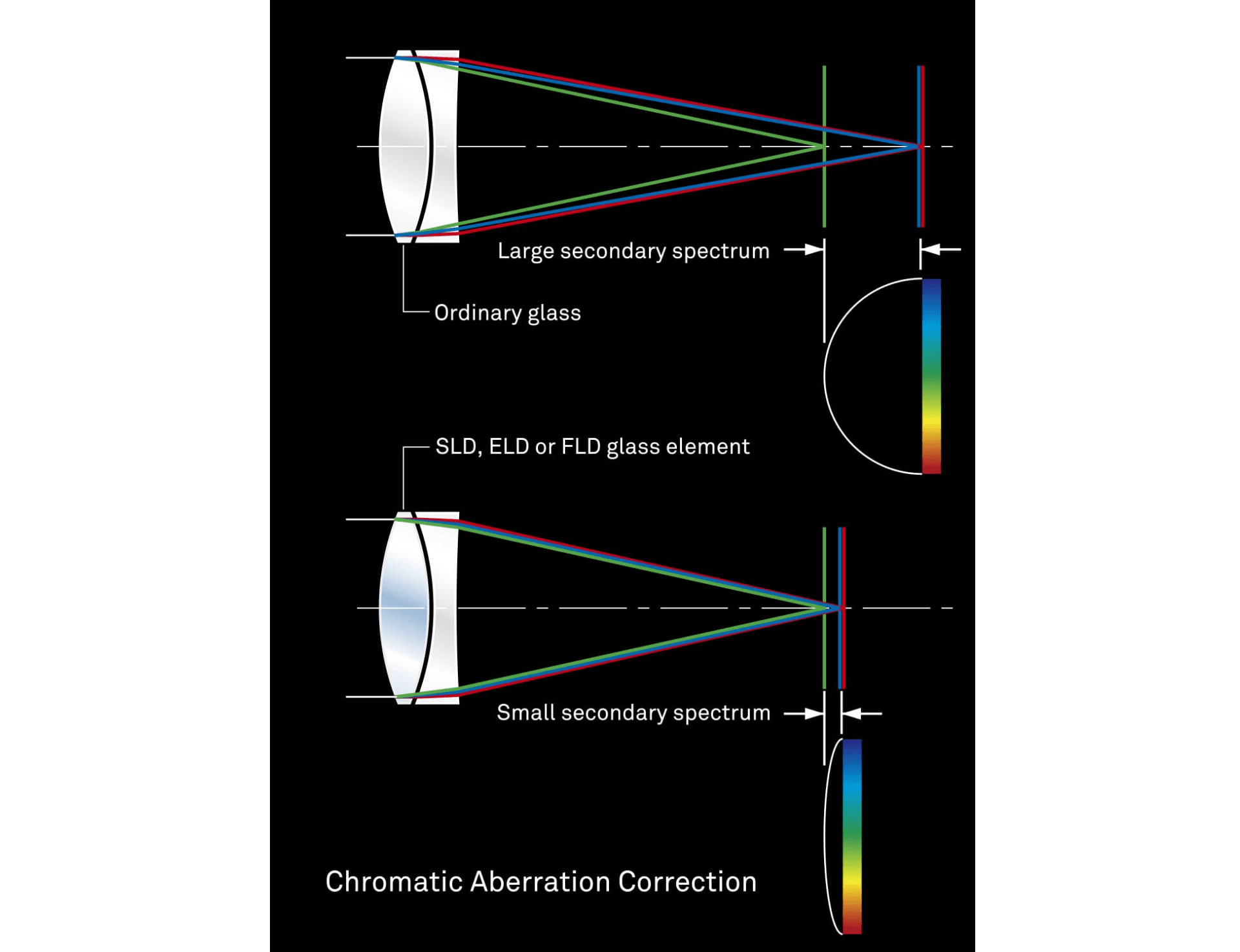
The degree to which light is refracted by glass depends on the light’s wavelength. This fact causes different colors of light to focus at slightly different points. The result is chromatic aberration, the color fringing that is particularly noticeable in telephoto lenses. Most chromatic aberration can be removed by combining a high-refractivity convex lens element with a low-refractivity concave element. Yet residual chromatic aberration known as “secondary spectrum” may still remain. To minimize this secondary spectrum, which can be a serious issue with conventional lenses, SIGMA lenses feature up to three types of exclusive low-dispersion glass offering superior performance: ELD (Extraordinary Low Dispersion), SLD (Special Low Dispersion) and FLD (“F” Low Dispersion). In particular, FLD glass offers ultra-low dispersion in combination with high transmittance and the anomalous dispersion characteristics of fluorite. Meticulous deployment of these types of exclusive low-dispersion glass and optimization of power distribution gives SIGMA lenses superlative image rendition undiminished by residual chromatic aberration.
Minimized distortion.
It is not possible to compensate for distortion that is often observed with wide-angle lenses just by changing the aperture value. Therefore, the lens development stage is vital in ensuring minimized distortion. The SIGMA 24mm F1.4 DG HSM | Art features an adjusted incidence angle of the light source from the surface of the first lens and aspherical glass elements to optimize the power layout at respective positions. This has helped minimize distortion throughout the entire image.
Rounded diaphragm
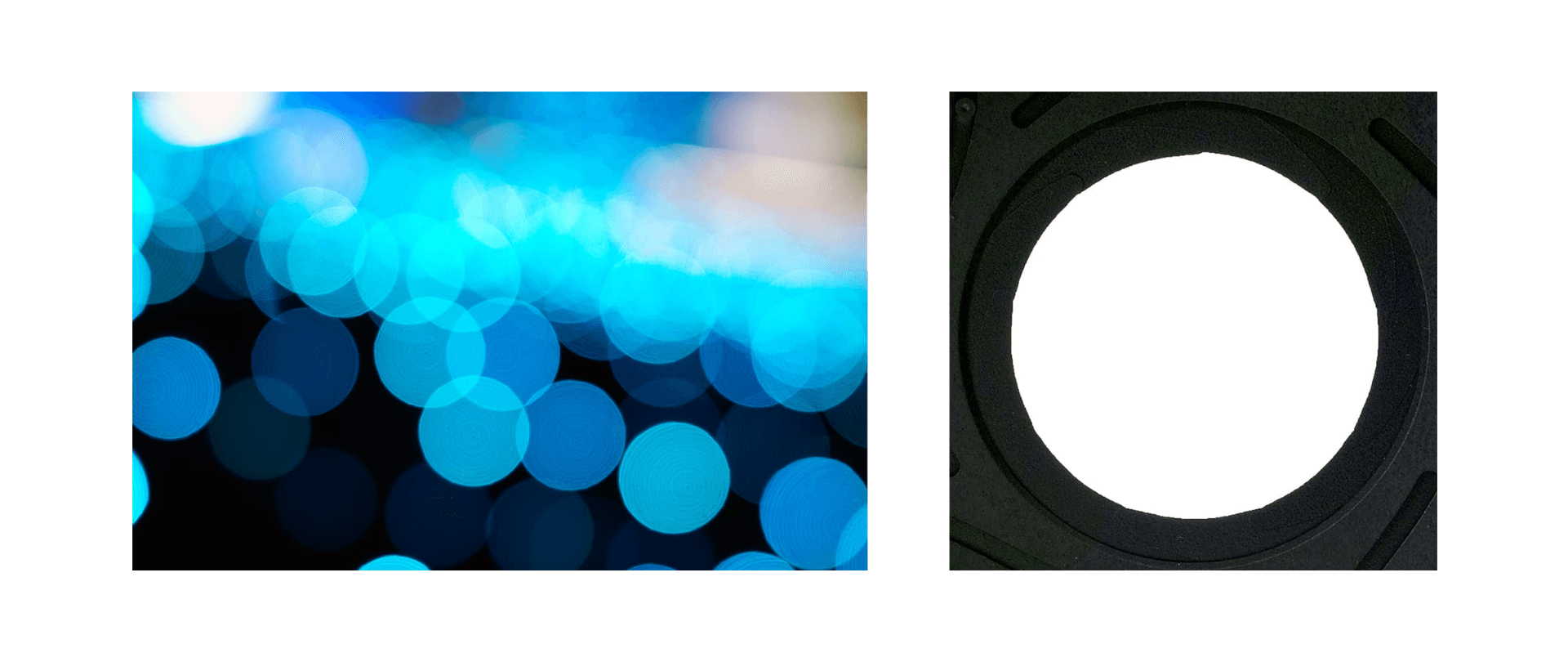
When photographing with point light sources such as electric lights or reflections on a body of water in the background, the rounded 9-blade diaphragm helps produce an attractive bokeh effect—even at large-aperture settings.
Read More
The finest in materials,
usability and functionality.
A refined, integrated design made
with the photographer in mind.
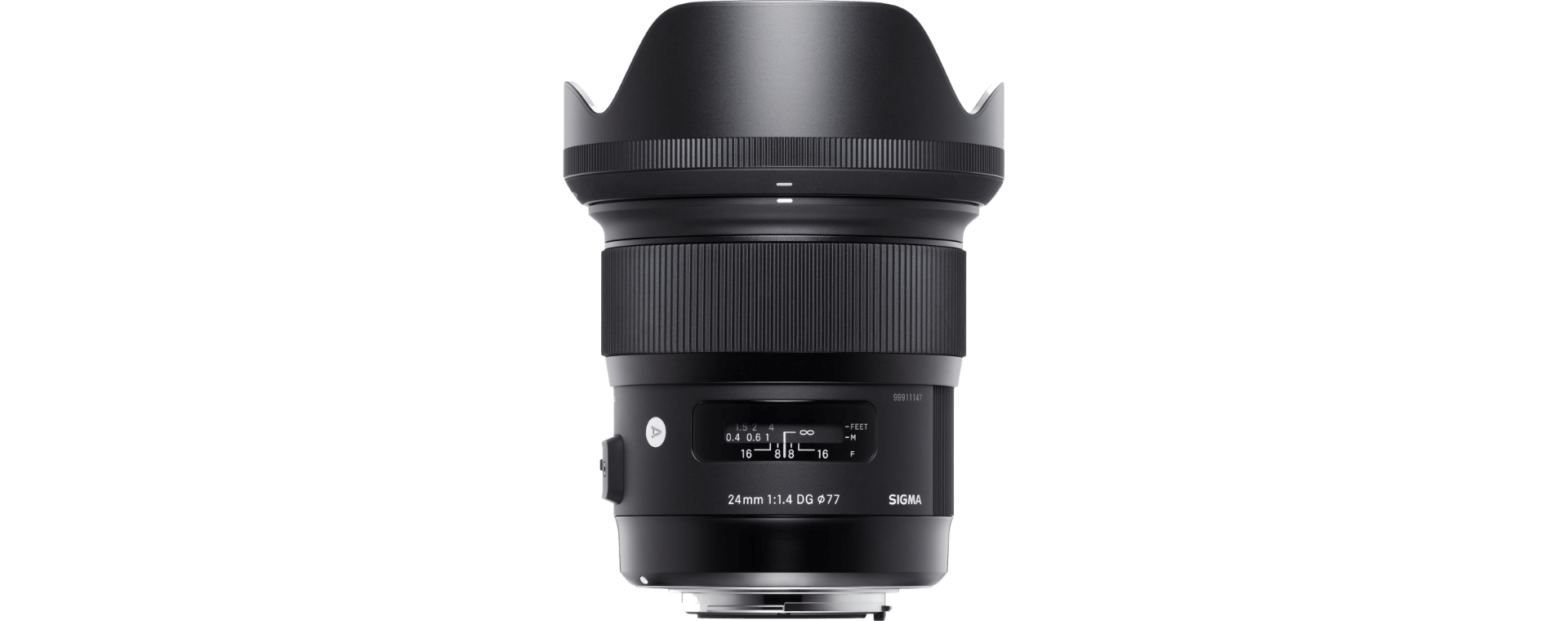
All lenses in SIGMA’s new Art line come with a hood with a high-quality rubberized connector and feature a newly designed lens cap and AF/MF switch, and are designed for intuitive use and superior functionality. Inside, HSM (hypersonic motor) delivers high AF speed and extremely quiet performance. An enhanced algorithm offers even smoother automatic focusing. Full-time manual focus override is another key feature that leaves the artistic touches in the photographer’s hands. The brass mount combines high precision with rugged construction. Its treated surfaces and enhanced strength contribute to the exceptional durability of the lens. In both the external and internal parts, the optimized use of TSC (Thermally Stable Composite), an excellent match for metal parts, further contributes to the high-precision construction of the lens. In addition, the last three digits of the year the lens was offered for sale are engraved on the barrel for ease of reference.

HSM (Hyper Sonic Motor)
HSM (Hyper Sonic Motor) delivers high AF speed and extremely quiet performance. SIGMA’s latest AF algorithm makes possible even smoother automatic focusing. After AF has done its job, fulltime MF (manual focus) allows you to make fine adjustments to focus simply by turning the focus ring. Using the SIGMA USB DOCK (sold separately) allows you to access the MO (manual override) function, which allows you to manually focus at any time during AF by turning the focus ring.
* The operation of full-time MF may vary based on mount type.
TSC (Thermally Stable Composite)
Conventionally it is considered essential to leverage the qualities of metal and polycarbonate in camera and lens layout design. A first for the industry, the barrel of the new series of SIGMA lenses features a new
TSC (Thermally Stable Composite) that offers minimal thermal shrinkage combined with exceptional hardness. It also offers 25% greater elasticity than polycarbonate. Since its thermal shrinkage is low, TSC matches well with metal parts, further contributing to the high-precision construction of the lens.
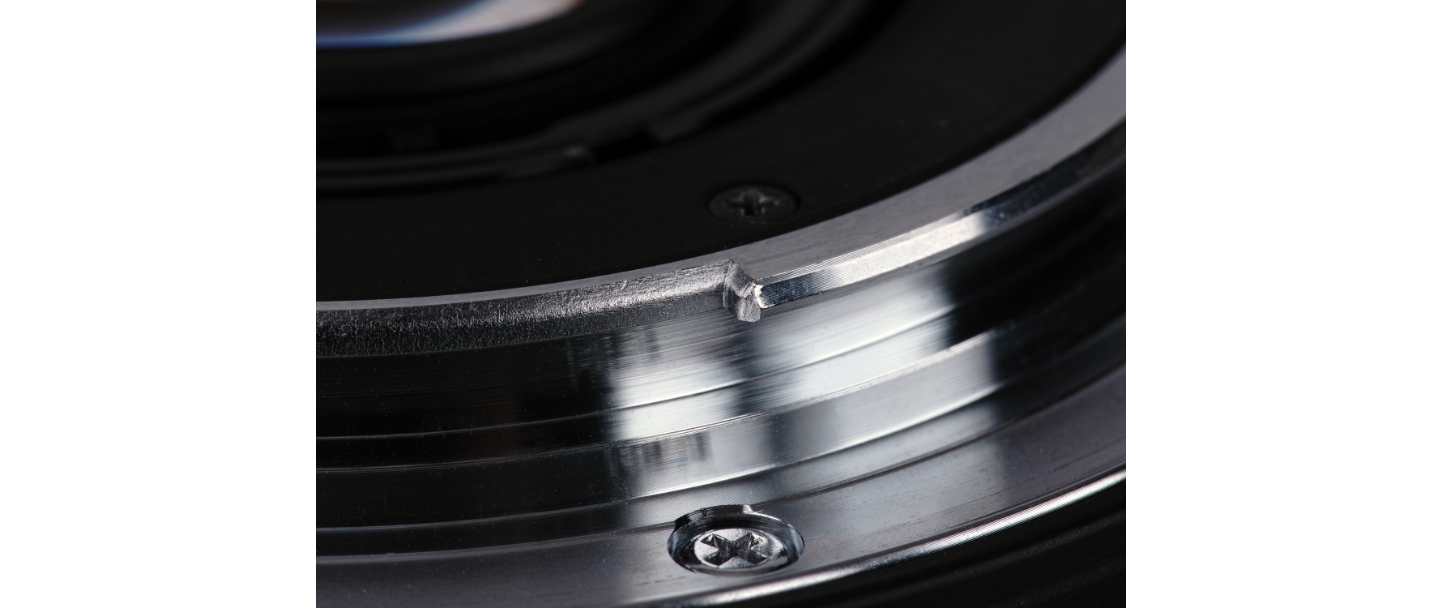
High-precision, rugged brass bayonet mount
The brass mount combines high precision with rugged construction. Its treated surfaces and enhanced strength contribute to the exceptional durability of the lens.
Read More